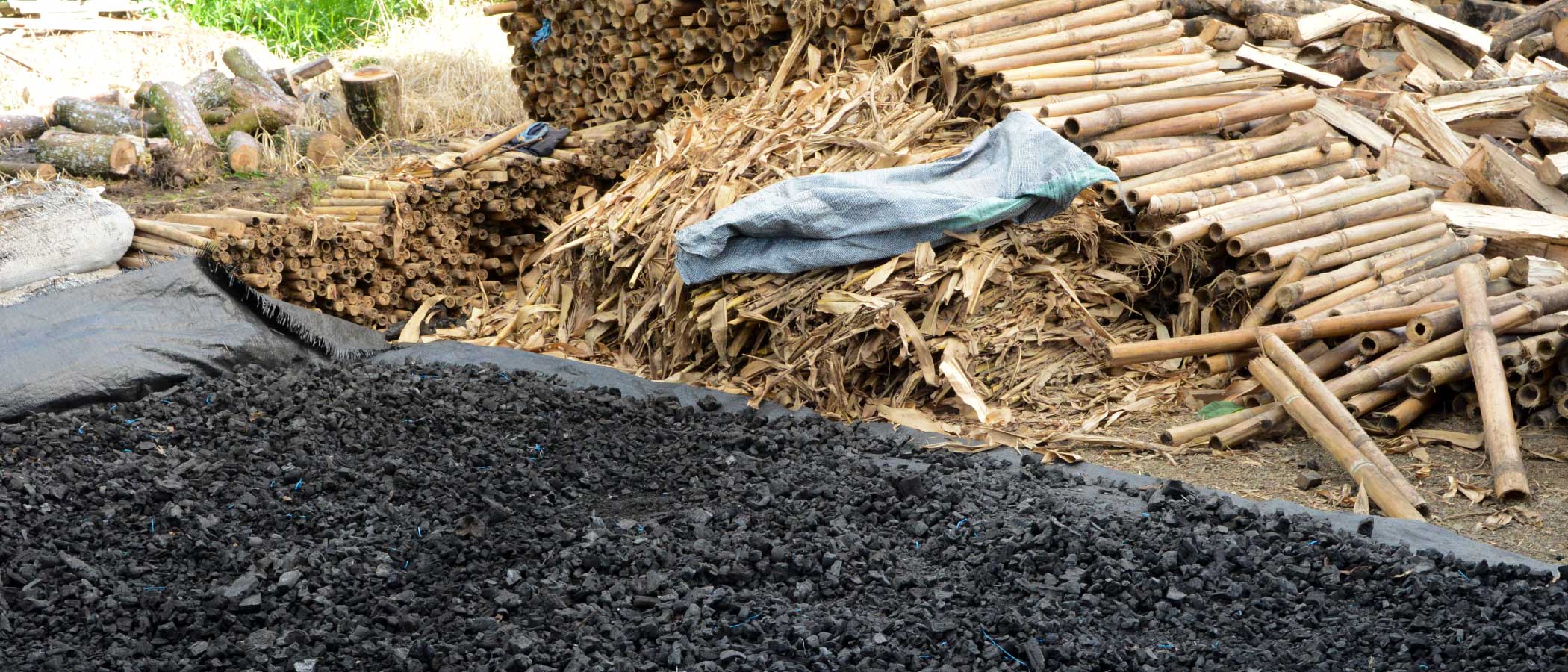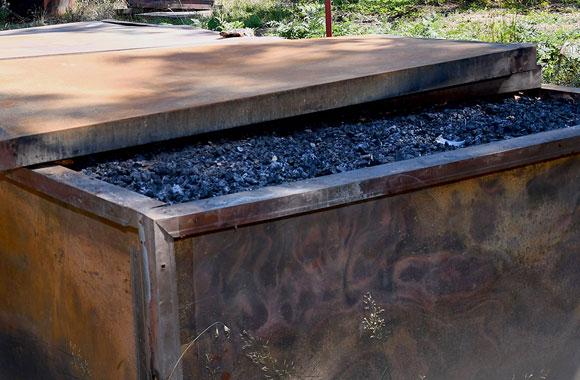Can human engineering play a supporting role to nature? That’s a question that grows in relevance and urgency, given the gap between where global emissions stand and where they need to be. The sheer quantity of excess greenhouse gases means natural processes can’t do it all when it comes to carbon sequestration. Select nascent technologies show some promise to supplement terrestrial, coastal, and ocean sinks.
Remove carbon from the air. Do something with it. Those are the central premises of engineered sinks. “Remove” can mean capturing carbon from the exhaust of a power plant or industrial process. It can also mean pulling carbon out of the air, where it’s much less concentrated. The carbon can then be used—to add bubbles to a beverage, for instance, or to make more sustainable jet fuels. Or it can be locked up for a long while, perhaps in concrete or by baking biomass into biochar, then burying it.
Could captured carbon become a commodity? Perhaps. For now, solutions in this sector are primarily “coming attractions,” and issues of cost, scale, and energy required all remain in the balance.
Because the technology is nascent for many solutions in this sector, Project Drawdown has only assessed biochar, which is ready today and its feasible to scale.


